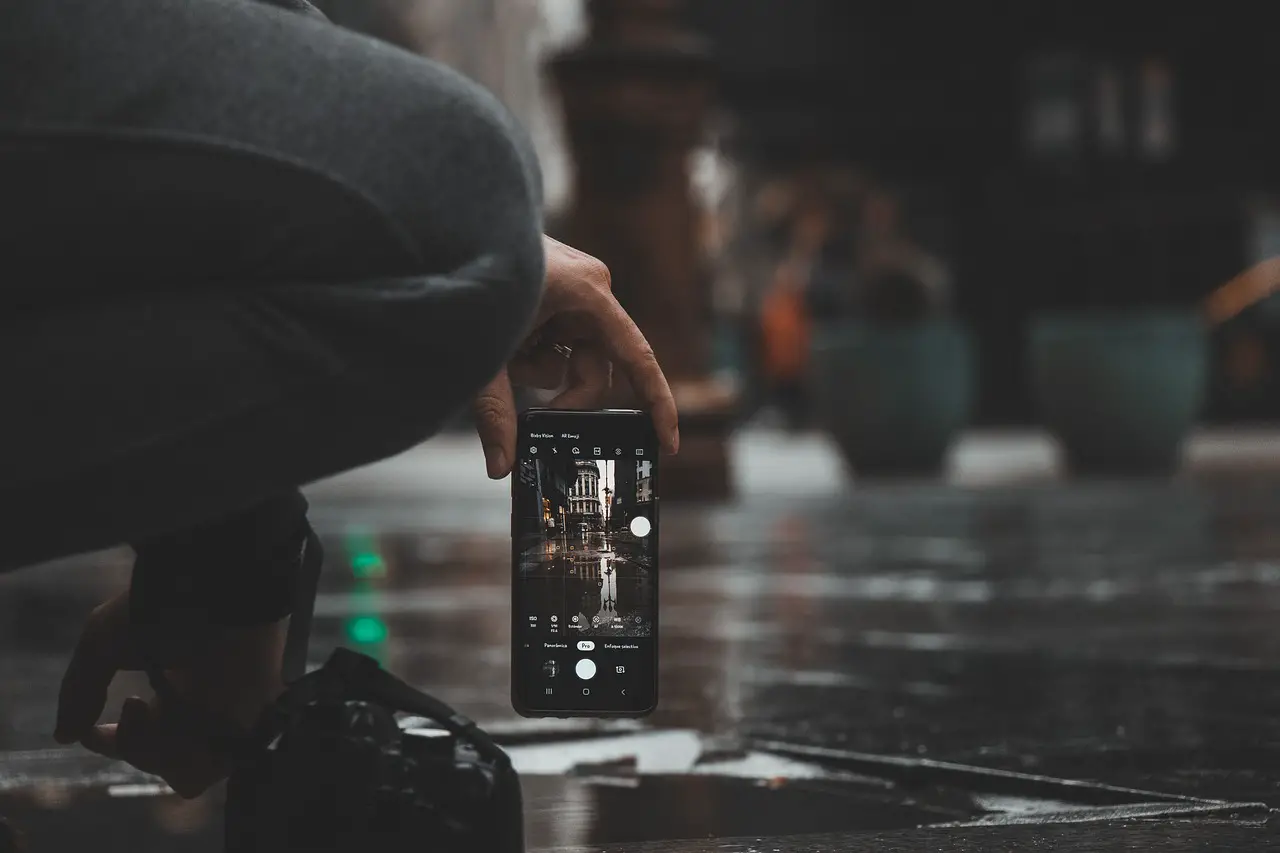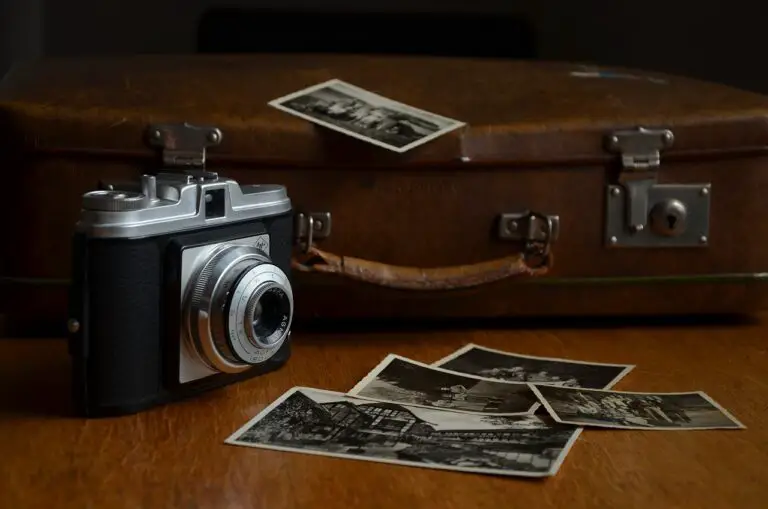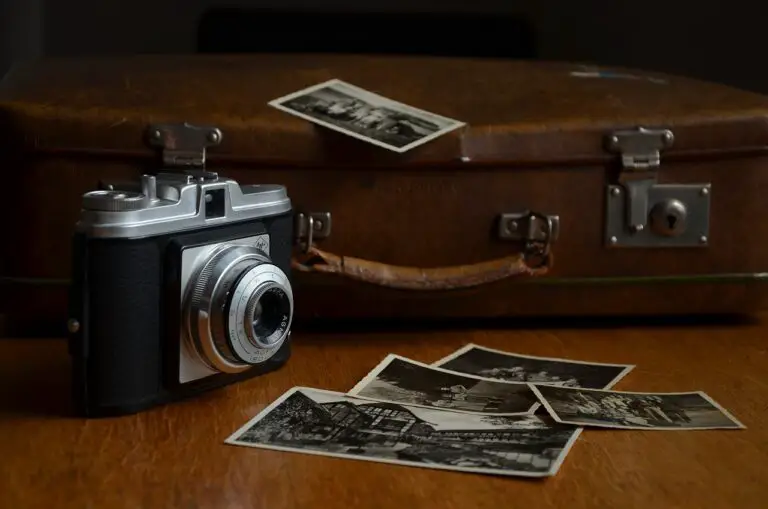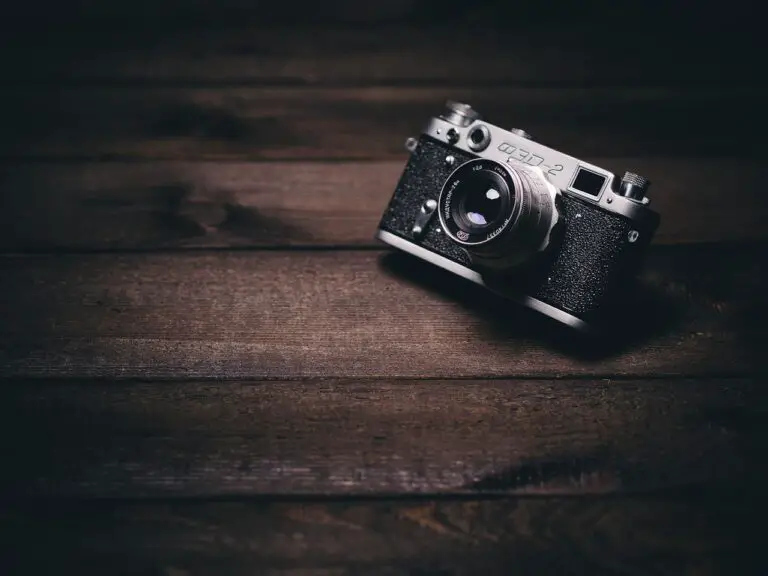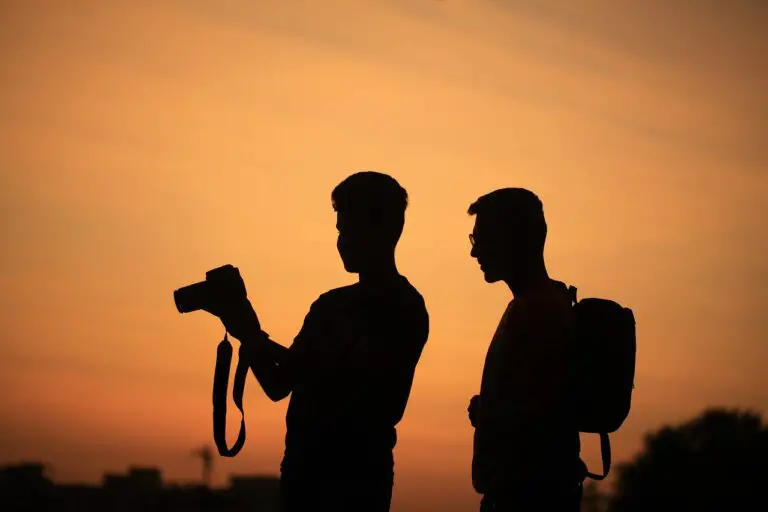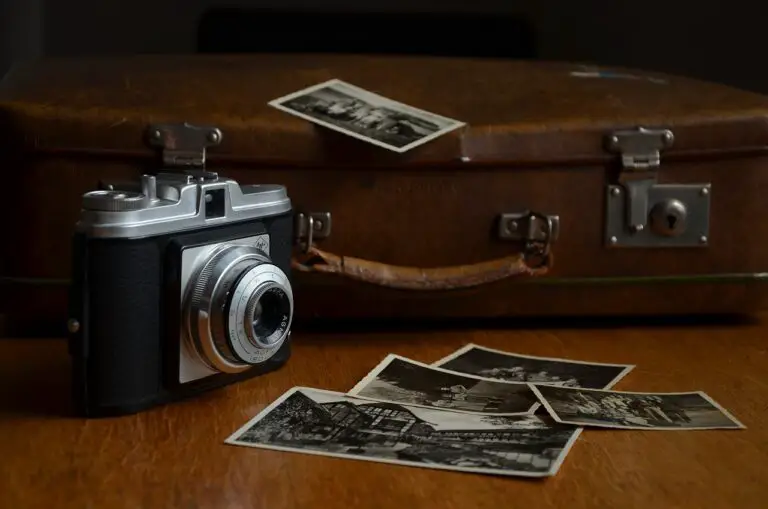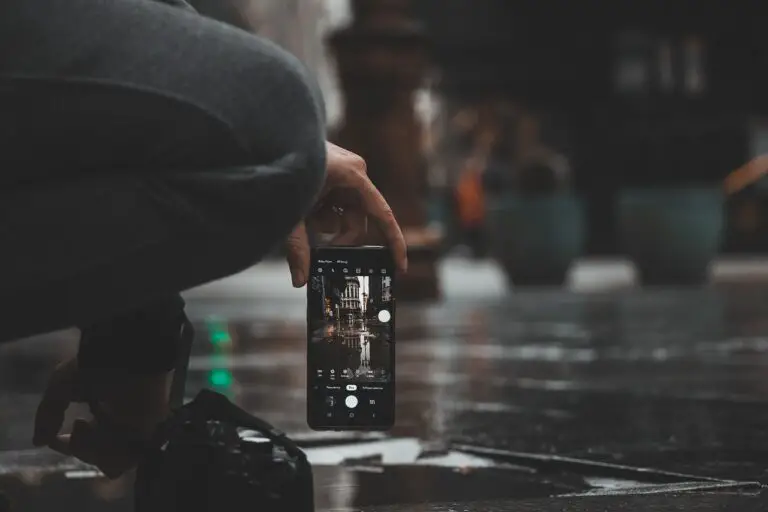What Role Did Photography Play For The Artist Edgar Degas?
Degas Harnesses Photography to Enhance Artwork
Photography played a significant role in the artistic practice of Edgar Degas. As an artist who was deeply interested in capturing moments of everyday life, Degas used photography as a tool to aid his work. He often took photographs as references for his later drawings, paintings, and sculptures, allowing him to study the human figure, composition, and lighting more closely and accurately.
Degas Captures Motion Through Photography
Degas was particularly intrigued by the possibilities offered by photography’s ability to freeze a fleeting moment in time. He often photographed subjects in motion, such as dancers, horse races, and women in different poses. By studying these photographs, he could accurately depict movement and create dynamic and energetic compositions in his artworks. Photography enabled him to observe the small details that might be missed by the naked eye, allowing him to capture the essence of a scene more realistically.
Degas Innovative Art Inspired by Photography
Furthermore, Degas was highly influenced by the framing and cropping techniques used in photography. He often applied these principles to his own artworks, experimenting with unusual and innovative compositions. Photography’s ability to capture unconventional viewpoints and perspectives, such as from above or below, greatly influenced Degas’ approach to depicting his subjects. He often challenged traditional notions of composition, resulting in artworks that had a fresh and unique visual appeal.
Degas merges art and reality through photography
Additionally, photography played a role in Degas’ exploration of the relationship between art and reality. He was intrigued by the idea that photography could provide an objective representation of the world, unlike the subjective interpretations of the artist. Borrowing from the realism of photography, Degas incorporated naturalistic elements and details into his work, focusing on accurate depictions of light and shadow. This blend of realism and artistic interpretation is evident in his famous ballet series, where he captured candid moments of dancers’ preparation and rehearsal, showing the behind-the-scenes reality of their profession.

